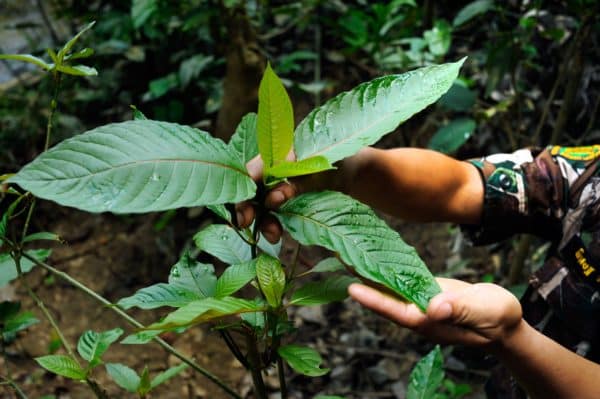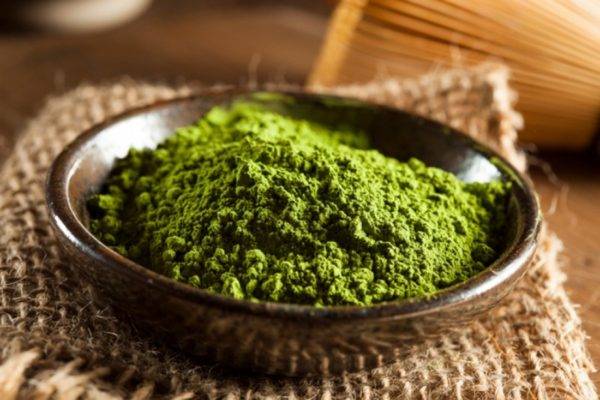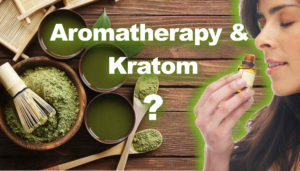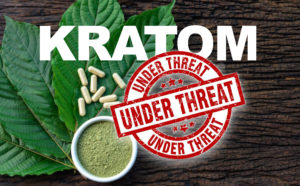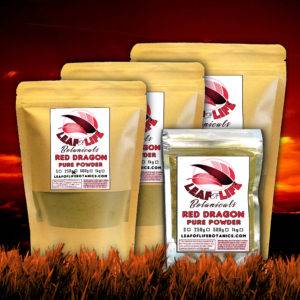Kratom has been helping people with pain, anxiety, depression, and fatigue for thousands of years. For those who are new to kratom, there is much to learn, but the fundamental facts are pretty simple and easy to understand.
When you start shopping or engaging in research regarding this wonderful plant, you’ll quickly discover that unfamiliar botanical terms and different types of kratom are mentioned. Kratom is described according to some basic categories. These include color of the vein, place where the plant was grown, characteristic of the leaf, fermentation process (if any), and special drying process (if used).
Natural Vein Colors
Vein color is the primary way of categorizing a kratom leaf or product. Because the different vein colors relate to different effects and benefits, kratom vein colors are the first thing you need to know.
The vein of a kratom plant is the line (chlorophyl path) going from the branch and into and through the leaf.
Nature provides only 3 vein color types of kratom: red vein, green vein, white vein.
Red vein is typically chosen for pain relief and produces some sedation, mood boost, and relaxation.
White vein is the energizing color, and also provides a nice elevation of mood, plus somewhat milder analgesic properties, for those with pain that’s not so intense.
Green vein effects are remembered via the slogan “green is in between”. Green vein kratom provides good pain relief, but with more energy and less sedation than a typical red vein.
Now we must keep in mind that these are general rules that apply in a broad sense. You may find a green vein or white vein kratom that is far more effective for relieving pain than any red vein kratom you’ve ever used. This will not totally negate the general principle of “red for pain, white for energy, and green is in between”.
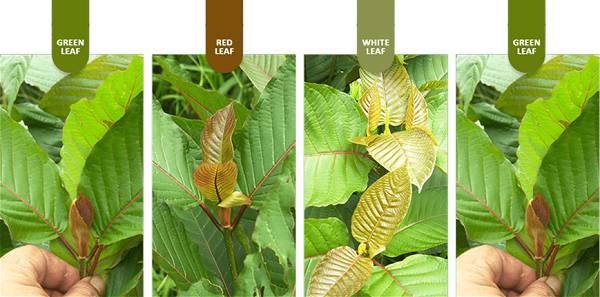
Other Kratom Colors
Beyond the 3 basic vein colors, there are also colors assigned to different blends, fermenting, or drying.
Yellow is typically a red vein kratom that has been fermented and sun-dried with special technique.
Gold is typically a white vein kratom that has been fermented and sun-dried with special technique.
Chocolate is typically a red vein that has been fermented and sun-dried with special technique.
Purple generally refers to a blend of all 3 vein colors and a variety of origins or other characteristics.
Again, a kratom vendor may use this terminology in a slightly different manner, so it’s always good to read, or request, more specific product specifications and descriptions when you are uncertain what it is you’re buying.
Locality of Origin
A batch of kratom can differ in color and effects depending on where it was grown. Kratom can be called Thai, Malay, Indo, Bali, Borneo, Sumatra, Cambodian, or Vietnam, based on the country it’s from.
In addition, certain jungles (wild kratom) or plantations (cultivated kratom) within a country can be famous for good kratom crops, such as Jongkong, Aceh, Kapuas Hulu, and Bentuangie.
Most kratom comes from Indonesia, but many fine varieties are to be found throughout Southeast Asia. Some growers are even trying to grow kratom in the warmer parts of the United States, and we hope this is successful, for there are all kinds of problems associated with importing kratom from Southeast Asia. One of the most annoying realities is that the FDA sometimes seizes a shipment of kratom from overseas and, even though kratom is legal in most areas of the USA, and a vendor has paid for the kratom, the FDA agents will destroy it or not allow the vendor to have his product to sell.
Leaf Properties
A kratom leaf can grow to the point of forming little horns on the sides of the leaf. This generally causes the kratom to be a bit more potent than regular kratom that has no “horns” and is designated as Horn kratom (White Horn, Red Horn, Green Horn).
Elephant refers to kratom leaves that have developed to a greater maturity, so the leafs are enlarged to a jumbo, super big size, resembling an elephant’s ears. Elephant kratom can be red, green, or white vein. Elephant tends to be a very potent form of kratom and provides a different alkaloid profile than other types of kratom.

Fermentation
To get a different coloration with distinct effects, kratom can be fermented.
By fermenting kratom, the alkaloid profile is significatly altered, and thus the potency can be increased. Fermented red kratom is often called Chocolate and fermented white kratom is typically referred to as yellow kratom. But different suppliers and vendors may have slightly different ways of describing their fermented kratom products.
By rotating between fermented and non-fermented kratom, you can avoid developing a tolerance to a specific alkaloid profile, so that you won’t have to increase your dose amount or frequency to get the effect you seek.
Drying Process
Kratom tends to be harvested, then dried out with hot air on conveyor belts or hung to dry in special tents or rooms.
One way to change the alkaloid profile and increase the potency of kratom, is to dry it more slowly, in a sunlit spot.
Tradional Southeast Asian drying techniques can change the taste and potency of kratom, helping you to keep a nice variety in the types of kratom you use in your rotation schedule.
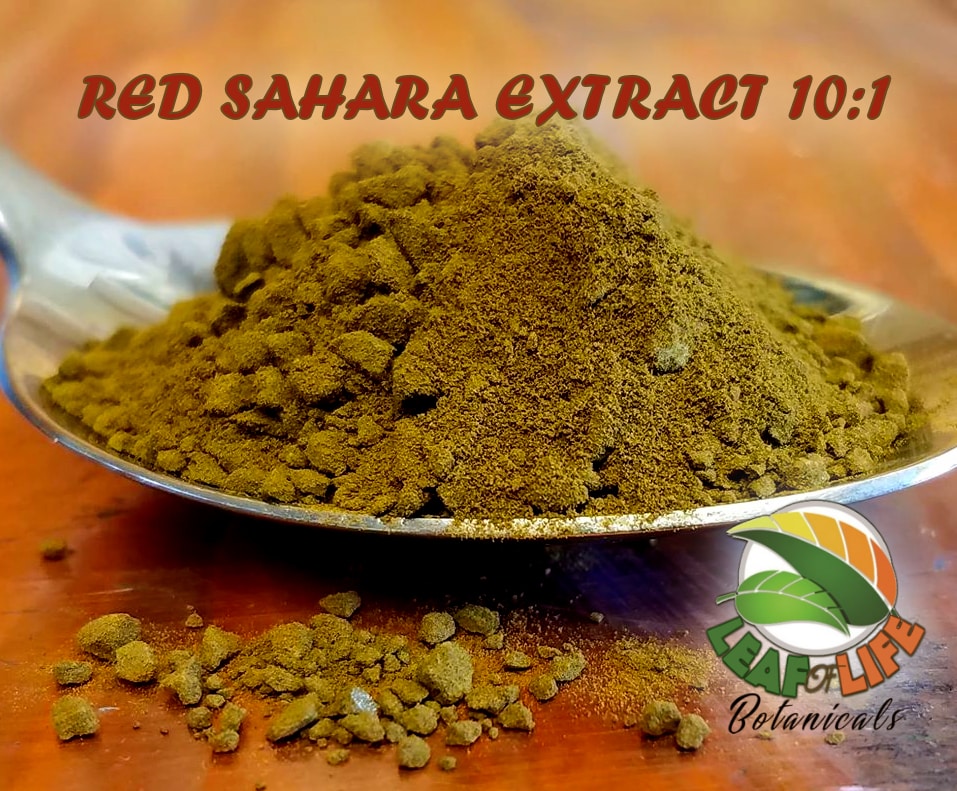
Enhanced Kratom and Extracts
Another form of kratom that you’ll be seeing is enhanced kratom. This is generally kratom that has had some extract added to it, to boost the potency.
Extracts and tinctures can also be found on their own. It’s important to realize that enhanced kratom, kratom extracts, and kratom tinctures are going to be stronger than regular, unmodified kratom. So you need to use these sparingly to reduce your kratom consumption. Or you might consider reserving these stronger forms of kratom for emergencies, when you pain, anxiety, depression, or lack of energy are more severe than usual.


